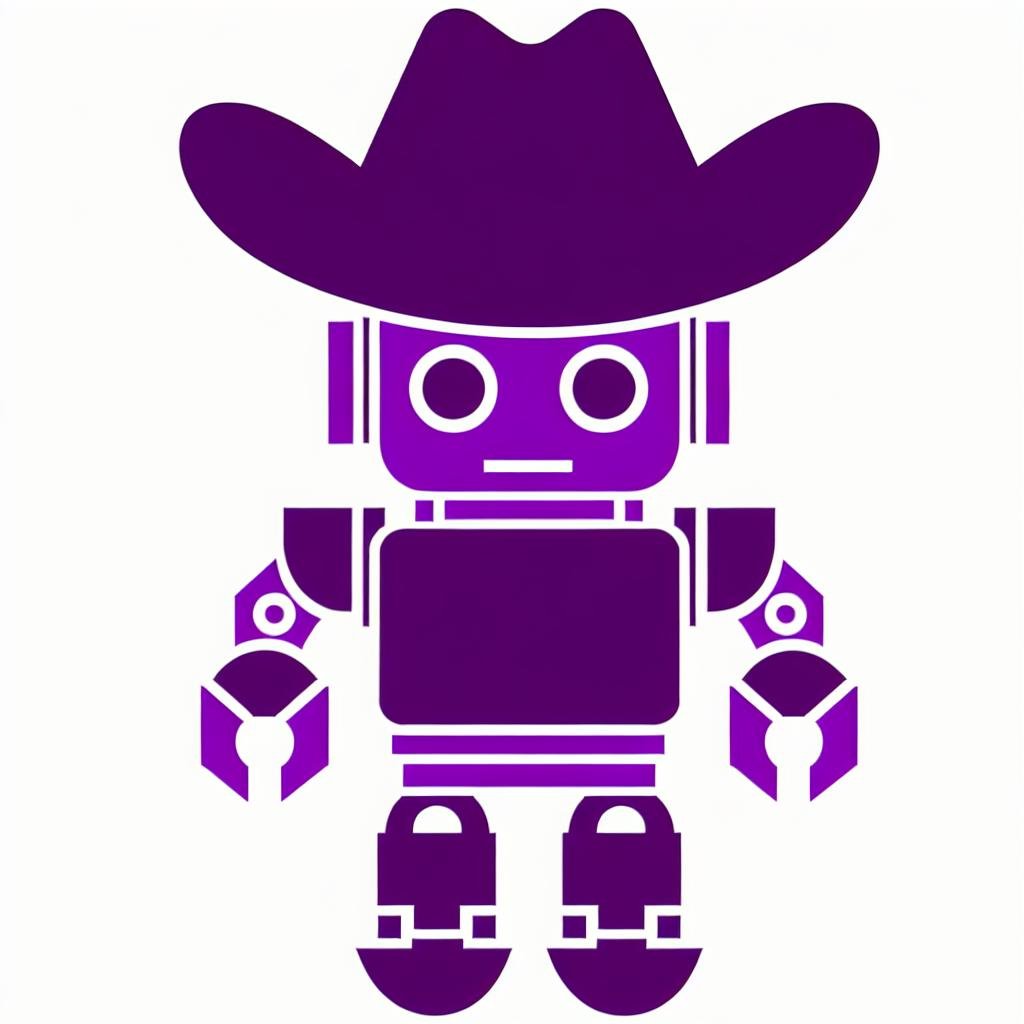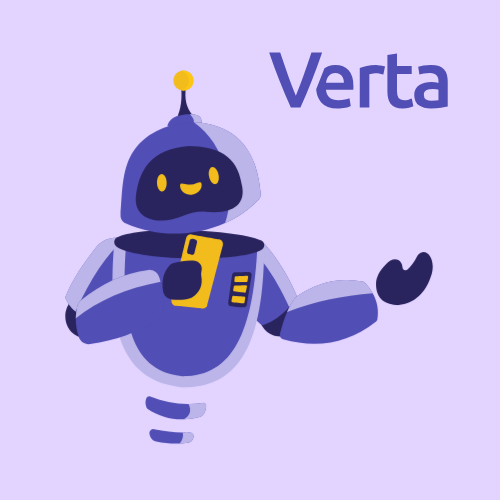If your company is (trying to) keep pace with the rapidly evolving tech landscape, harnessing the power of generative AI (GenAI) is likely on your radar. While the idea of this cutting-edge technology is exciting, the real world implementation needs careful consideration. It’s hella messy getting any technology to production, but ten-fold so when working with “the bleeding edge”.
In this two-part series, we'll guide you through the essential elements your company needs for a successful GenAI initiative, whether you're a newcomer to AI or transitioning from traditional deterministic machine learning.
Part 1 - Companies New to AI
At its core, generative AI models, such as Large Language Models (LLMs), offer the ability to be creative and less precise in interactions while still benefiting from automation.
If your company is entirely new to AI, you'll be pleased to know that you don't necessarily need a dedicated data science or machine learning team. Many GenAI use cases don't require extensive familiarity with AI; some can be configured without training any model, treating predictions as a service. However it's crucial that your existing product managers, software engineers, QA team, dev ops team, support team, or any other subject matter experts become familiar with generative AI.
Numerous free and easily accessible training resources (for example the workshops we host at Verta) can assist your team in gaining the necessary familiarity. Establishing reading and learning groups and allow time and resources for people to get familiar with the technology. Everyone should feel comfortable reading model API contracts and understanding concepts like prompt engineering. Even a rudimentary understanding of how large models operate and the ability to read a model card can help.
As you think about your team “leveling up” know that the level of technical expertise an individual has is secondary to creativity and intuition. Subject matter experts and random individuals might be the best in prompt engineering for your use cases so get everyone involved.
If your company uses a major cloud vendor (AWS, GCP, etc) they likely have offered you generative AI tools already. Given the rapid advancements in generative models, it's worth considering stepping outside your usual frameworks. Low and no-code GenAI solutions, like Verta Workbench, lead to faster success for some compared to developer-only services from cloud providers. Choose your technologies based on your team's budget and technical comfort level, knowing that you can stay high-level or go deep, depending on your preferences.
If cost is a concern, know that utilizing open-source or pre-trained models from others is standard practice and you do not need to fund the training or development of a large model. Keep in mind that 3rd party API usage usually incurs charges, often based on the length of text read and written. Accurately estimating your requests and their nature is crucial to staying within a reasonable budget. You may need to update your product’s pricing plan to charge more for features powered by AI to offset these costs.
The development timeline for your first GenAI use cases can vary. With Verta Workbench you can create a real data prototype in about 30 minutes. Integrating the model APIs into your product, iterating on prompts, and performing human-in-the-loop (HITL) evaluations iteratively will be essential and take much longer. Successful teams often prioritize shipping a feature quickly, even if it's not perfect, and then iteratively improve based on user feedback. It's reasonable to expect a feature to go from idea to beta to general availability within 3 months.
Clearly define your goals for every GenAI initiative and establish criteria for performance deemed "good enough" for release. Don't hesitate to pivot and try alternative approaches. Ensure that your use case doesn't encounter data security issues that could halt your progress. Happy Building!
Here’s a checklist you can use to grade your company on readiness:
- Prepare
- Build company familiarity with Generative AI Basics
- Define Clear Goals
- Explore Technology Options
- Iterate
- Try No-Code Tools, clouds and 3rd party APIs
- Encourage creativity over technical depth
- Consider the most Cost-Effective Approaches
- Get User Feedback
- Be Flexible and Open to Pivoting
- Ship something!
Subscribe To Our Blog
Get the latest from Verta delivered directly to you email.


